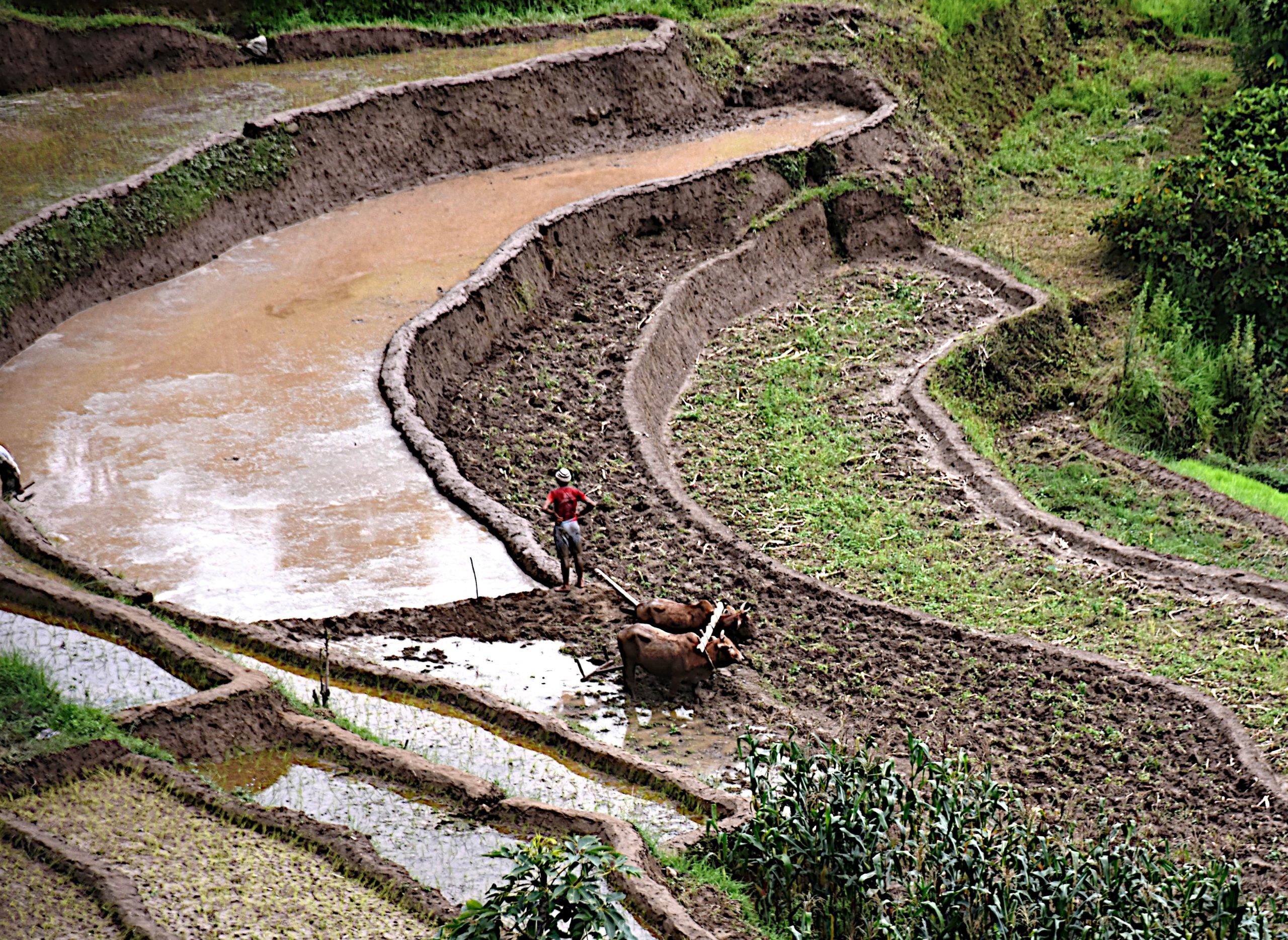Agriculture | Budget

Finance Minister Yubaraj Khatiwada unveiled budget plans for the upcoming fiscal year last Thursday. The new budget has some new provisions for the agriculture sector and continued some old ones with priorities on irrigation, seeds, fertilisers, capital, technology and market to create self-reliance in certain products and enhance production level and productivity within the sector. Here’s a list of what the budget is about:
As a part of Covid financial package, the budget has arranged refinancing facility up to NRs 100 billion that will be provided through Nepal Rastra Bank as concessional loans at five percent interest rate to the MSMEs, agriculture, cottage, production-based industries, and hotel-tourism industries.
In all, the government has allocated budget of NRs 41.40 billion for agriculture and livestock sector, which was NRs 34.80 billion last year, an increment by 19%.
However, Minister Khatiwada has said that the new budget translates into around NRs 80 billion if provisions made within line sectors/ministries such as energy, water resources and irrigation, land management, cooperatives and poverty alleviation and industry, commerce and supplies, which touch upon agriculture sector directly, are also accounted. He made the remark while discussing
What was in the last year’s budget?
Last year, the government had allocated NRs. 8.10 billion for Prime Minister Agriculture Modernisation Programme with an objective to expand into additional 39 zones covering 69,000 hectares, which is still ongoing but reduced this year.
The government had also arranged for subsidies, technical support and tax-concessions on imports for projects on commercial farming, livestock farming and cultivation of medicinal herbs that employed 100 ropanis of land in the hills and 100 bighas in the Terai region to encourage, collective, cooperative and contract farming through land-pooling.
Budgets were also allocated to Agricultural Inputs Company Limited to install machinery for the production of blended fertiliser. A billion rupees was allocated to ease access of medium and small farmer-entrepreneurs to concessional loans from the Small Farmers Development Bank using their projects as collateral.
There were plans for fruit saplings production and distribution aimed at doubling the area covered by horticulture within the next five years and expansion of fruit cultivation through public-private partnerships based on climatic and topographical potential.
The budget also sought to encourage export by producing and processing, packaging and branding of high value cash and off seasonal crops.
Read Also:
‘GDP and Development’ Lessons for Nepal
How Kathmandu’s lethal pollution is its worst economic adversary?
Is taxing private electric vehicles really regressive?
It had also envisioned to turn Agriculture Knowledge Centres into call centres to provide immediate, necessary consultation to farmer, develop agriculture and livestock farms into Centres of Excellence centres in partnership with provincial and local levels and establish agriculture research centres in Province 5 and the Far-western Province.
Subsidy amounting to NRs. 500 million were arranged to encourage youth in collective, cooperative, leasehold and contract farming.
For organic farming, the government had aimed at encouraging provinces to establish model organic agricultural farms with main emphasis on hill districts including the Karnali Province; planned to establish large-scale biogas plants and encourage the use of bio-slurry for production of organic fertiliser to reduce the use of LPGs.
It had also planned to encourage young migrant returnees to undertake organic farming as a business and promote roof-top organic vegetable farming in urban areas by utilising household waste.
(from the Nepal Budget Speech 2076/77 and 2077/78)
By the FarSight
Read More Stories
Kathmandu’s decay: From glorious past to ominous future
Kathmandu: The legend and the legacy Legend about Kathmandus evolution holds that the...
Kathmandu - A crumbling valley!
Valleys and cities should be young, vibrant, inspiring and full of hopes with...
Nepal to receive $36.1 million to mitigate GLOF risks
Nepal is set to receive $36.1 million in mitigating one of the escalated...